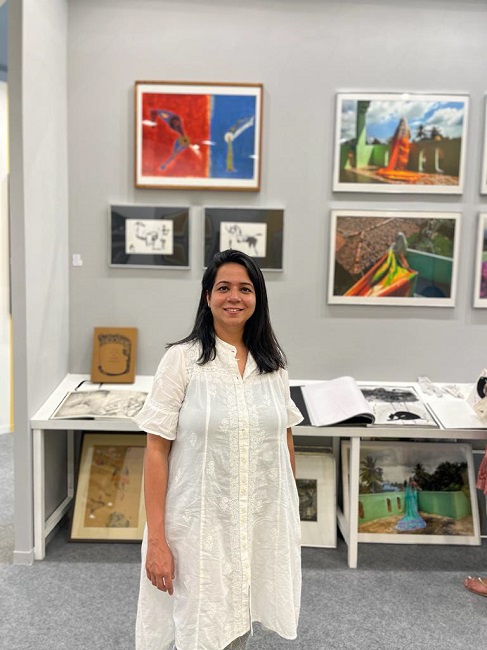“Uniifyy: Pioneering Architectural Excellence Through Sustainability, Innovation, and Cultural Identity. Join us as we delve into the core principles guiding our approach to eco-friendly design, space optimization, biophilic elements, technological integration, and the seamless integration of cultural influences in architecture.”
What eco-friendly design strategies or materials do you incorporate to ensure sustainability in your architectural projects?
I advocate for passive design strategies like natural ventilation, daylighting, and optimising building orientation. Recycled materials like reclaimed wood, bamboo, and low-impact concrete minimise environmental impact. Additionally, renewable energy sources like solar panels and water-harvesting systems are crucial for long-term sustainability. Carbon sequestration techniques such as rooftop greenery, can create a closed-loop system minimising environmental impact while enhancing the structure’s self-sufficiency.

What innovative design solutions do you employ to optimise space and functionality in compact living environments?
My approach involves multifunctional furniture, modular storage solutions, and utilising vertical space with mezzanines or lofts. Smart layouts maximise natural light and flow, creating a sense of spaciousness despite the footprint. Prefabricated elements can also offer efficient and sustainable construction in tight spaces. Transformable furniture adapts to different functions, like beds that convert to desks or ottomans that become storage units. Smart zoning with movable partitions allows for flexible use of space depending on activity. Additionally, I consider innovative technologies like foldable furniture to maximise floor space in micro-apartments.
In what ways does basophilic design enhance the overall ambiance and well-being of occupants in architectural spaces?
Biophilic elements like greenery, natural light, and organic textures connect occupants with nature. This approach reduces stress, improves air quality, and fosters a sense of calm and productivity within the space. Biophilic design can also encourage interaction and community amongst residents. Incorporating natural elements like water features, and even biophilic lighting that mimics natural daylight patterns have a drastic impact on the ambience as well as human wellbeing. This multi-sensory approach fosters a deeper connection to nature, proven to improve cognitive function, and even boost immune systems.
How has technological integration transformed the way architects and designers approach their projects?
Technology allows for data-driven design, optimising energy efficiency, structural integrity, and occupant comfort through building automation systems and sensors. 3D modeling and virtual reality provide immersive experiences for stakeholders, facilitating informed decision-making and reducing physical prototypes. Smart technologies help us envision buildings as living organisms, with sensors monitoring environmental conditions and AI algorithms adjusting systems in real-time for optimal comfort and efficiency. Generative design tools powered by AI can create unique, sustainable, and site-specific solutions, pushing the boundaries of architectural possibilities.
How do cultural elements influence your design process, and how do you incorporate them into your architectural creations?
Culture becomes the thread we weave into every project. The cultural context, community’s values, beliefs, and social interactions inform material choices, spatial arrangements, and even the building’s form to create a space that resonates with the cultural identity and fosters a sense of belonging. On the other hand, cultural elements can be subtly woven into the fabric of the building through craftsmanship techniques, traditional materials reinterpreted for modern use, or even integrating artwork and symbols that resonate with the community. This creates a sense of ownership and connection, fostering a unique architectural identity.
How do colour palettes influence the ambiance and emotional response within interior spaces?
The psychology of colour plays a vital role when selecting palettes. Cool tones like blues and greens create calming and serene environments, while warm tones like reds and oranges evoke energy and vibrancy. The interplay of light and shadow further influences the emotional impact of colour choices within a space. Further, we should also consider age, culture, and individual preferences, ensuring the colour palette resonates with the hearts and minds of those who inhabit the space.


